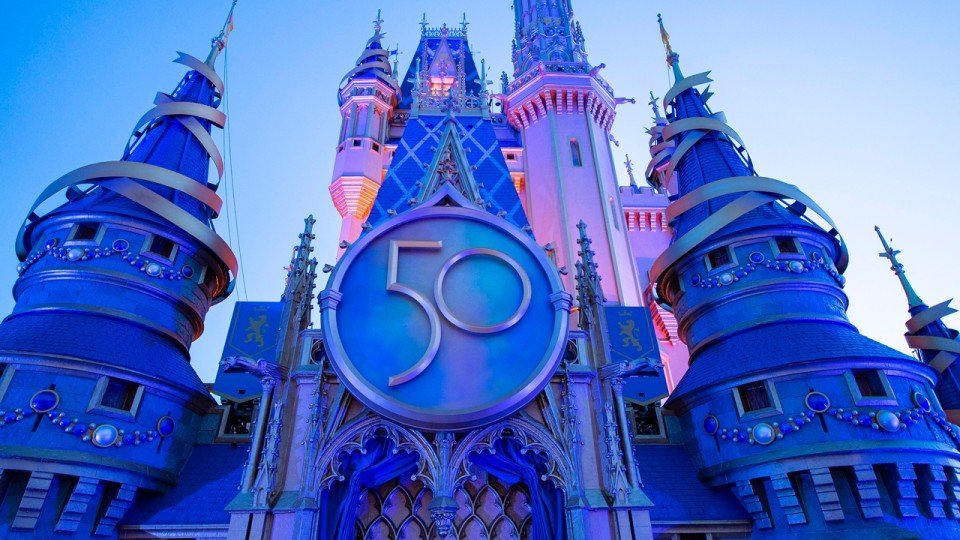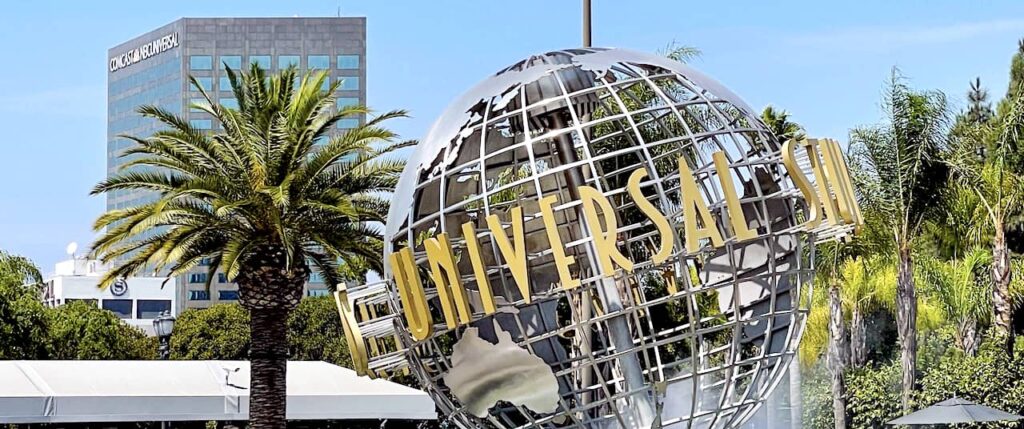The questions have been asked for decades: “What is EPCOT, and what should it be?”The answer, however, really depends on who you ask… and when…The big picture arc of EPCOT’s life and times isn’t a surprise to longtime fans of Disney Parks. It began when, in 1982, EPCOT Center opened as the first in a new kind of Disney theme park that didn’t have anything to do with princesses, pirates, castles, or carousels. Instead, that “EPCOT 1.0” was positioned as a “permanent World’s Fair” – an expo of gargantuan, monumental “pavilions” focused on science and industry (in Future World) and culture and cuisine (in World Showcase).
Image: DisneyEarly EPCOT’s most obvious hallmark, though, was the presence of lengthy, informative dark rides exploring the past, present, and future of topics such as communication, energy, oceanography, agriculture, transportation, and imagination. For some, it was a golden age of Imagineering’s push for an intellectual, “adult” park that was meant to inspire real innovation and real optimism for the real world.It didn’t last long. Disney World’s second gate garnered an infamous reputation as the park kids dreaded spending a day at. What seven year old would opt into heady reflections on human communication or the real, grounded possibilities of tomorrow over Space Mountain, Pirates of the Caribbean, and Peter Pan’s Flight? And so, a new EPCOT was born…EPCOT 2.0: The Discovery Park
Image: DisneyHollywood heavyweight Michael Eisner became the head of Disney just two years after EPCOT opened, and pretty quickly, the star-studded CEO found that he had no idea what to do with Disney World’s brainy, cultural World’s Fair park. But it wasn’t until the late ’80s and early ’90s – as deep-pocketed sponsors failed to renew their ten year deals with the company – that he was able to take action.The ’90s are remembered as the start of EPCOT’s “Discovery Park” era, when Imagineers were tasked with rethinking the park’s appeal and attitude. The idea, in short, was that EPCOT could still be a park with brains, but that it needed more brawn to go with it. Beginning with 1989’s Lost Legend: Body Wars, a new course was set: that EPCOT could be a park of semi-scientific thrill rides doing what Eisner did best: pulling in Hollywood talent and – of course – the stories and characters born of Disney’s pop culture rebirth.
Image: DisneyOne by one, those big, intellectual, dusty dark rides of the past fell in favor of snappier replacements. The “Discovery Park” era saw the additions of Body Wars, Innoventions, Test Track, Mission: SPACE, Soarin’, and Journey Into YOUR Imagination – for better or worse, each imagined as a way to embrace the less preachy, more fun “Discovery Park” ethos. Likewise, character integrations and celebrity cameos like The Lion King (in The Land pavilion), Finding Nemo (in The Seas), Michael Jackson (in Captain EO), and Ellen Degeneres (in Universe of Energy) became emblematic of the plan for the future. Insiders even suggest that Disney was within inches of greenlighting an entirely new wrap to the park’s Future World, officially designating it “Discoveryland” and sweeping through its ’80s concrete expanses with forests, gardens, water features, earth tones, and even a few thrill rides embodying the more grounded, warm, and natural vision of the future we envision today versus the starker ’80s. Even though that general placemaking didn’t happen, the “Discovery Park” mindset stayed.
Image: DisneyWhether it aged well or not if yours to decide… but the largely IP-free “Discovery Park” era at least gave EPCOT a sleeker reason for being in the New Millennium – thrilling, semi-scientific, and big picture. But now, a new era is upon us…



